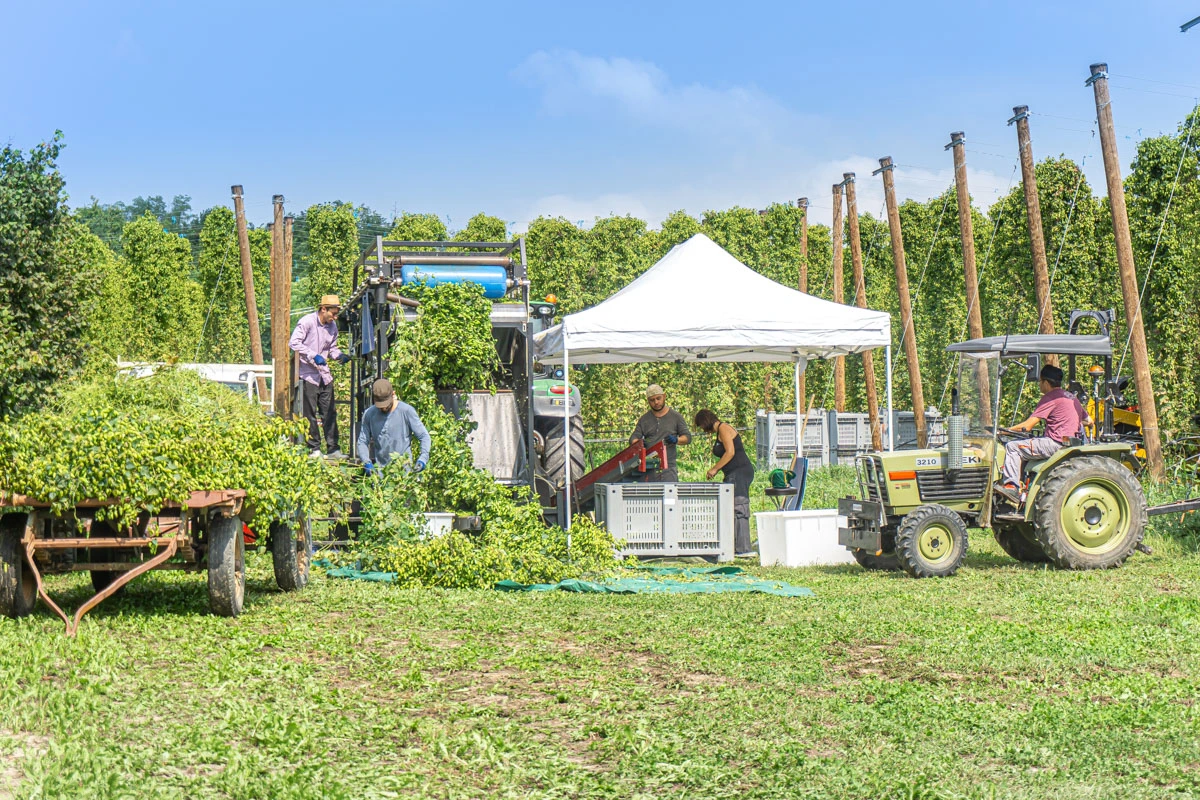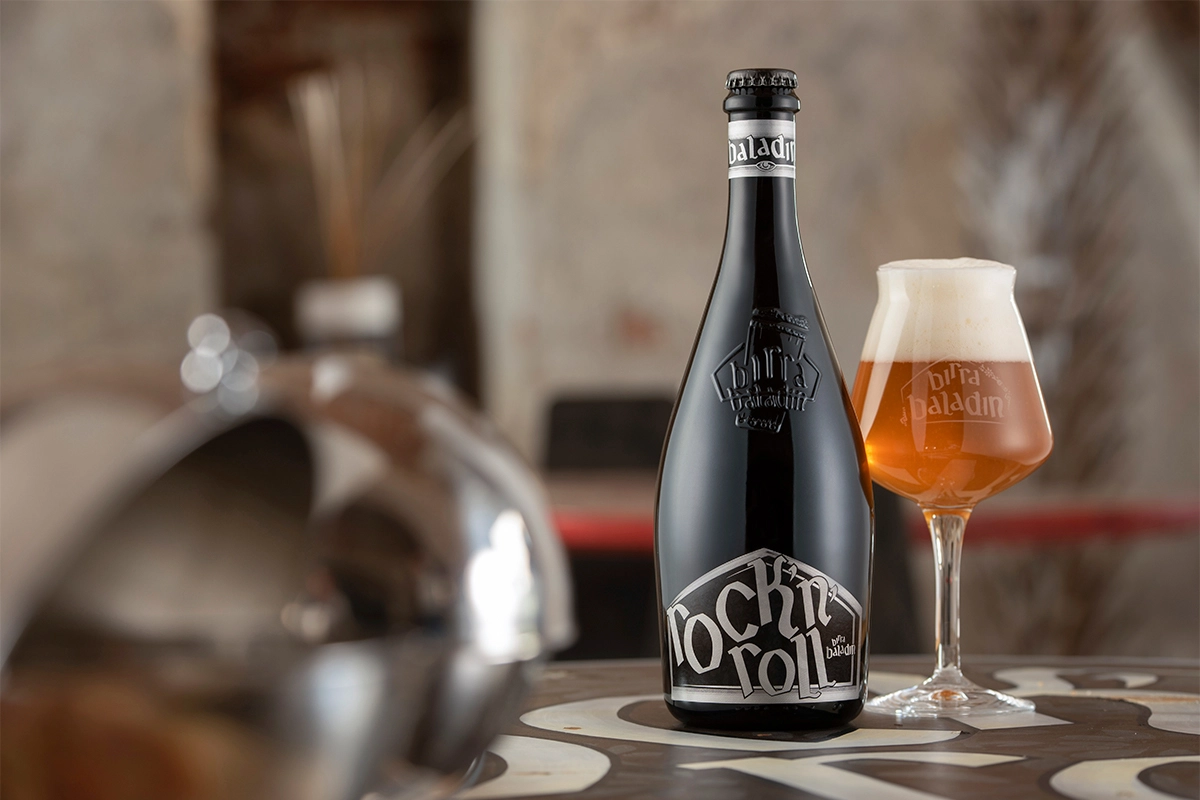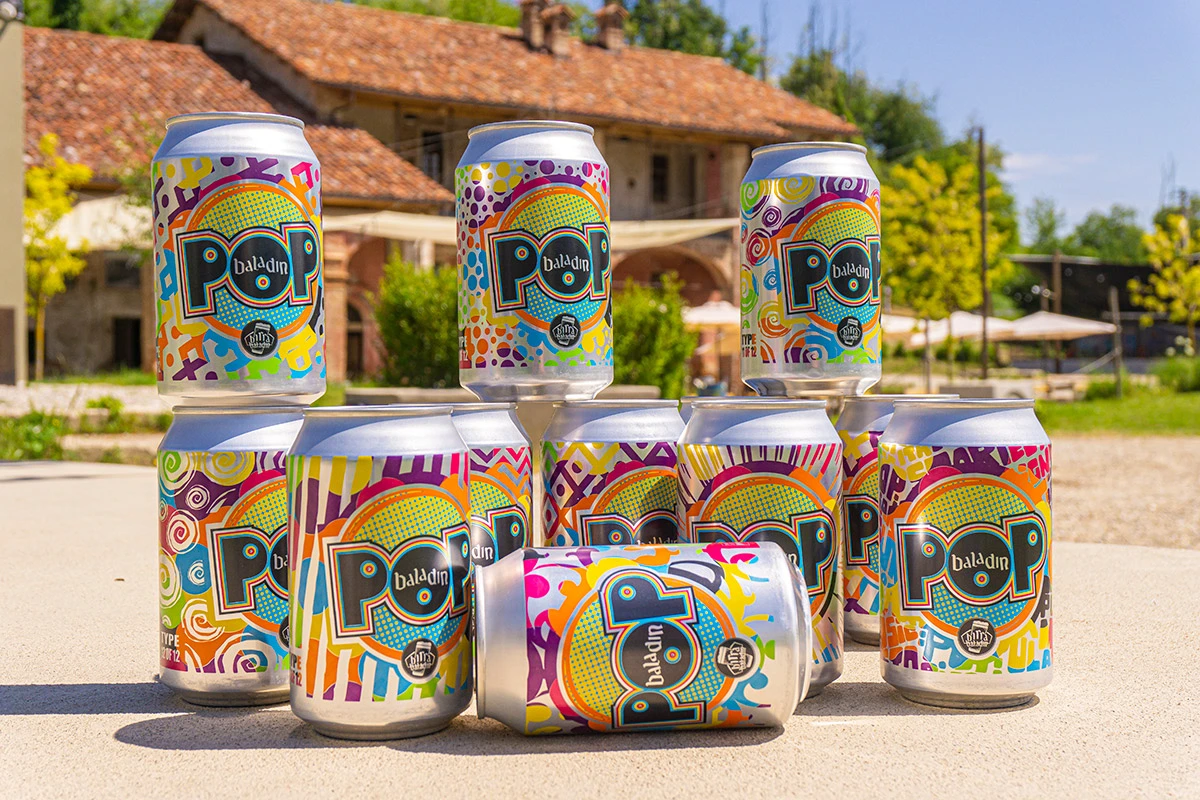The key ingredient of American Pale Ale? Hops!

Why are hops considered the key ingredient of the craft beer revolution? The answer is simple: because it was the ingredient chosen by craft breweries to make their beers stand out from the tasteless and anonymous beers made by multinationals.
Bitterness: the taste that divided breweries
In an attempt to reach as many consumers as possible, the beer industry followed the same strategies as other food sectors: it reduced the bitterness of beers, as the human physiology does not immediately appreciate it, and favored sweetness. As the bitterness in beers comes mainly from hops, industrial beer producers gradually reduced the quantity of this ingredient to obtain products that could be easily appreciated by consumers.
Given the situation, American craft breweries (followed by the rest of the world) chose the opposite approach and emphasized the role of hops to create beers with a distinctive character and set them apart from commercial products. Brewers and consumers now look for bitterness, and the aromas of modern American hops have acquired a prominent role in the aromatic profile of many beer styles, including American Pale Ales. This style represents the ultimate everyday beer for American drinkers of craft beer, and hops are its star ingredient.
SUBSCRIBE TO BALADIN NEWSLETTER
What are hops? How are they used?
Hop (Humulus lupulus) is a climbing plant belonging to the same family as Cannabis. It has been farmed for time immemorial and grows wild in many parts of the world, including Italy. Brewers use the female buds, called cones, which are normally harvested between the end of summer and the beginning of autumn. The cones are rarely used as they are. More often, they are used as pellets or plugs, i.e. small cylinders or tiny bales of compressed hops which make for easier transport, storage and use.
Hop cones contain resins and essential oils. The former give bitterness thanks to the substances they contain (alpha and beta acids), the latter give distinctive aromatic notes which vary according to the hop variety. Every hop variety has specific characteristics; generally speaking we can distinguish between bitter hops and flavor hops, depending on their main function. Of course, some varieties can fulfill both.
During the brewing process, hops are normally used during the boiling stage. First, bitter hops are added. The boiling process promotes the isomerization of acids, which transforms them into iso-alpha-acids and makes them more easily soluble in water. Flavor hops, instead, are added at the end of the boiling stage (the last 30 minutes) because their aromatic substances are very volatile and tend to disappear quickly. To trap them into the beer, they must be released at the end of the boiling process. For the same reason, flavor hops can sometimes be added at later stages: while the wort cools down or even during or after the fermentation process.
Hops have at least two other important functions. First of all, they are a natural preservative and therefore delay the degradation of beer. They also help develop a nice, stable head.
The many hop varieties used in beer brewing
As we mentioned before, many different hop varieties grow in the world. Many have become renowned for their unique aromas. In Europe, the term “noble hops” is often used to indicate varieties that are particularly appreciated for their elegance. This group generally includes the Czech Saaz, the German Tettnanger, Spat and Hallertau Mittelfrüh and the English East Kent Goldings and Fuggle varieties.
In recent decades, modern aromatic varieties from the United States and from the Pacific region have become more and more popular. Some of the most renowned ones are Cascade, Citra, Amarillo, Mosaic, Nelson Sauvin, Chinook and Sorachi Ace. While classic European hops give elegant floral, herbaceous and spicy notes, modern hops have distinctive citrus, resinous and tropical fruit aromas.
Although wild hops plants grow in Italy, our country does not traditionally farm hop fields, mainly because it does not have the same beer brewing history as other countries do. Nevertheless, several experimental projects were launched in recent years, and four of them have become commercially successful. One example is the Baladin Nazionale project, aimed at growing and using Italian hops in beer brewing. The long-term project is to create hybrids from existing varieties, so as to obtain an all-Italian hop style with its own unique, distinctive characteristics.





